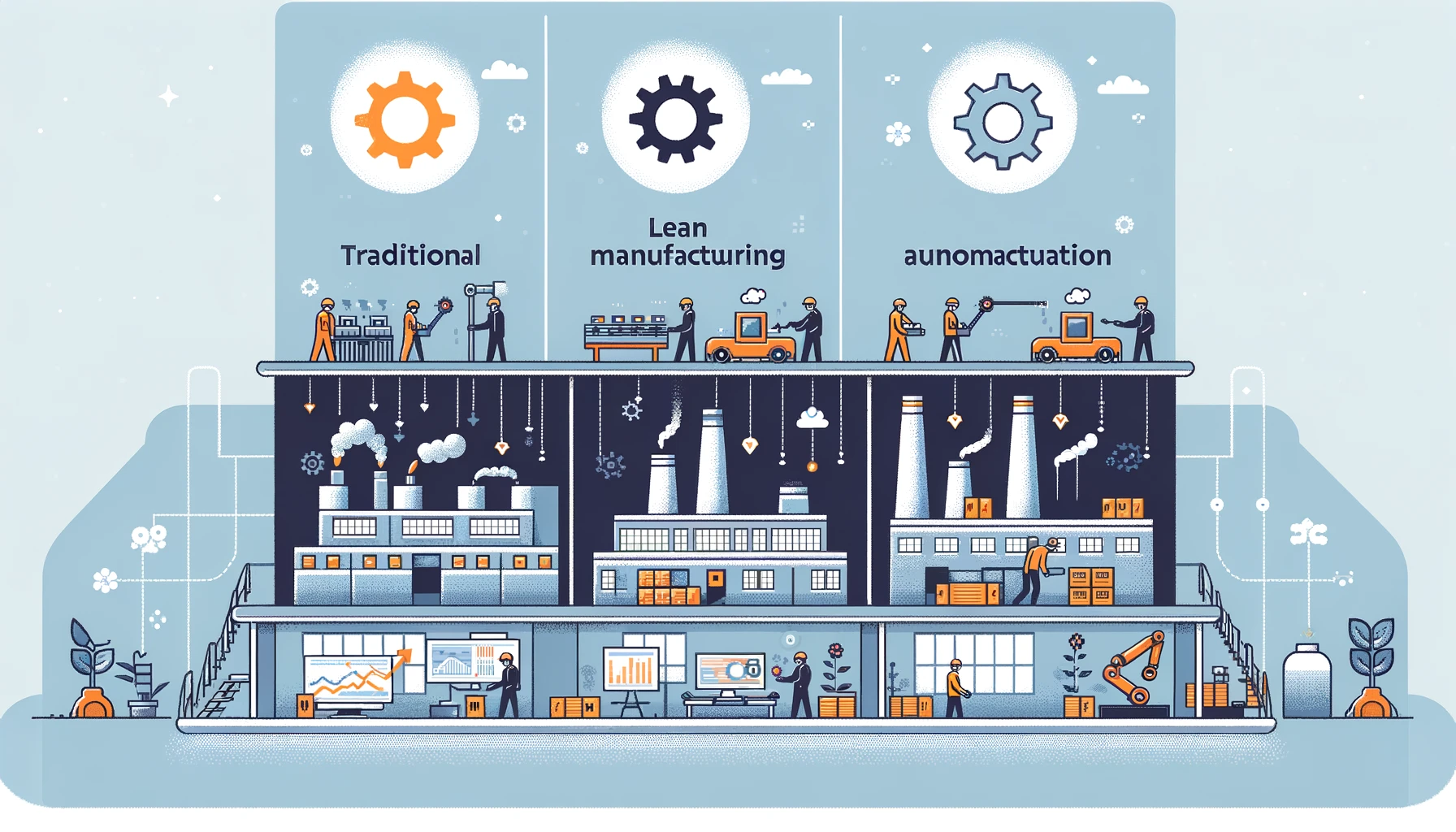Payback period indicates the amount of time it takes for a project to recover or pay back the initial outlay.
How do I calculate and present it in the exam?
| Year | Payback | Net Cash Flow |
| 0 | (1 000 000) | (1 000 000) |
| 1 | (900 000) | 100 000 |
| 2 | (750 000) | 150 000 |
| 3 | (500 000) | 250 000 |
| 4 | (200 000) | 300 000 |
| 5 | 50 000 | 250 000 |
| 6 | 250 000 | 200 000 |
| 7 | 450 000 | 200 000 |
This is the official layout the IB wants you to follow. So, whenever you have to present payback period, present it like this!
Thus, Payback in exactly 4 years and 9.6 months.
What do all these numbers mean?
Net cash flow column will be given to you in the case study. It is the cash flow the business over the years. Payback column is what you use to calculate in what time the project will be repaid. You start with 0 (year in which business purchased project A) and the number is negative as that represents expenditure. In this case, it cost $500.000. We use brackets to indicate that it is a negative number. In year 1, it is expected that the business will have a cash influx of $100.000 – so, what we do is simply add that to the initial expenditure. We repeat this over and over again until we reach a year under the ‘payback’ column that’s positive or zero. This means that in that year, with the expected cash influx given, we have repaid investment in full (in our example, that is year 4). Now we know that we expect to repay project A in year 4, but we do not know in exactly how many months. So, we divide the ‘payback’ amount for that year by the expected cash flow for that year (in this case these are numbers 0 and 150). We then multiply all this by 12. In our case, the payback period is exactly 4 years and 9.6 months.
If we used this method to appraise different investment projects, we would choose the investment that pays back the fastest.
Understanding the Payback Period: A Guide for IB Business Management Students
The Payback Period is a financial metric that indicates the time it takes for an investment to repay its initial cost. It's a simple yet effective way to assess the risk and liquidity of an investment.
What is the Payback Period?
The Payback Period is the time required for the net cash inflows from an investment to equal the original outlay. The formula is:
Payback Period = Initial Investment / Annual Cash Inflow
Calculating the Payback Period for the IB Exam
In the IB exam, you may be asked to calculate the Payback Period using provided data. You'll need to divide the initial investment by the annual cash inflow or use cumulative cash flows if they vary over time.
Real-Life Examples
Here are five examples to illustrate the Payback Period in different industries:
Example 1: Solar Panel Installation
A homeowner installs solar panels for $10,000, saving $2,000 annually on energy bills. The Payback Period is:
Payback Period = $10,000 / $2,000 = 5 years
Example 2: Machinery Purchase
A manufacturing company buys a new machine for $50,000, which increases production and generates an extra $10,000 each year. The Payback Period is:
Payback Period = $50,000 / $10,000 = 5 years
Example 3: Software Development
A tech firm invests $100,000 in software development, expecting to increase revenue by $25,000 annually. The Payback Period is:
Payback Period = $100,000 / $25,000 = 4 years
Example 4: Marketing Campaign
A company launches a marketing campaign for $20,000, leading to an increase in annual sales by $5,000. The Payback Period is:
Payback Period = $20,000 / $5,000 = 4 years
Example 5: Restaurant Renovation
A restaurant spends $30,000 on renovations, which boosts annual profits by $7,500. The Payback Period is:
Payback Period = $30,000 / $7,500 = 4 years
Conclusion
The Payback Period is a straightforward way to evaluate the time it takes for an investment to become profitable. For IB Business Management students, understanding how to calculate and apply this concept is crucial for both exams and real-world financial decisions.






